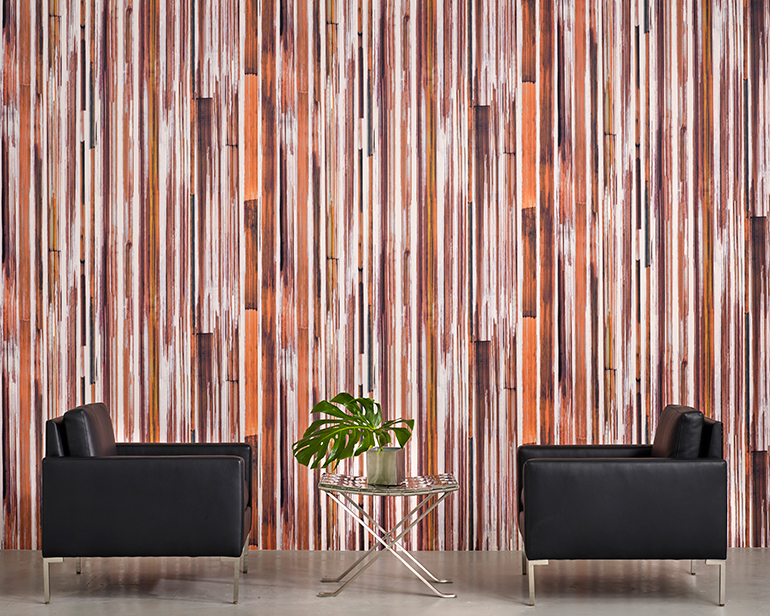In the world of architecture and construction, the term 'exterior materials' refers to the substances used to construct the outermost layer of a building or structure. These materials play a crucial role in defining the aesthetic appeal, durability, and energy efficiency of a building. This article aims to provide an in-depth understanding of exterior materials, their types, and factors to consider when choosing the right one for your project.
- Types of Exterior Materials
There are several types of exterior materials, each with its unique properties and applications.
a. Brick: Brick is a traditional material known for its durability and timeless appeal. It offers excellent fire resistance, sound insulation, and thermal properties. However, it is relatively expensive and requires skilled labor for installation.
b. Wood: Wood provides a natural and warm aesthetic appeal. It is versatile, renewable, and has good insulation properties. However, it requires regular maintenance to prevent decay and insect damage.
c. Vinyl: Vinyl siding is a popular choice due to its affordability, durability, and low maintenance requirements. It is available in a wide range of colors and styles. However, it may warp or crack under extreme weather conditions.
d. Fiber Cement: Fiber cement is a composite material that offers the look of wood or masonry at a lower cost. It is fire-resistant, termite-proof, and requires minimal maintenance. However, it is heavy and requires professional installation.
e. Stucco: Stucco is a type of plaster made from cement, sand, and lime. It is durable, fire-resistant, and provides excellent thermal insulation. However, it may crack over time and requires regular painting.
f. Metal: Metal exteriors, like steel or aluminum, are durable, fire-resistant, and recyclable. They are often used in modern architecture for their sleek appearance. However, they can be expensive and may be prone to denting.
- Factors to Consider When Choosing Exterior Materials
a. Climate: The local climate plays a significant role in the choice of exterior materials. For instance, wood may not be the best choice for humid climates due to the risk of rot, while metal might not be suitable for coastal areas due to corrosion from salt.
b. Aesthetics: The exterior material should complement the architectural style of the building and the surrounding environment.
c. Maintenance: Some materials require more maintenance than others. For example, wood needs regular sealing or painting, while vinyl only needs occasional cleaning.
d. Cost: The cost of materials, installation, and maintenance should be considered in the overall budget.
e. Sustainability: With growing awareness about environmental issues, choosing sustainable and energy-efficient materials is becoming increasingly important.
In conclusion, the choice of exterior materials is a critical decision that can significantly impact the functionality, aesthetics, and sustainability of a building. Therefore, it is essential to consider all the factors and consult with professionals before making a decision.
